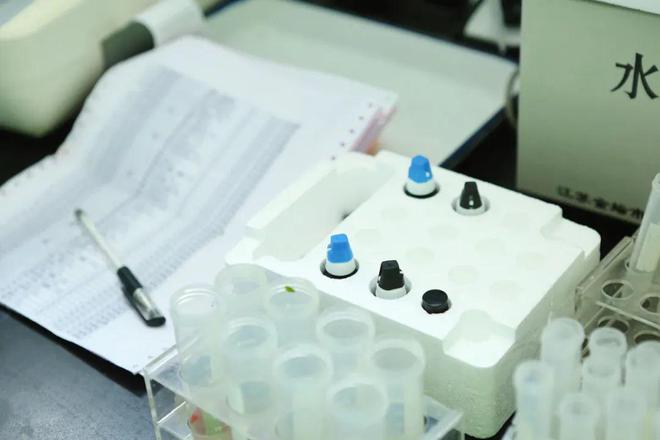The use of defoamers is a key link in ensuring material quality and improving construction efficiency during cement mortar construction. However, in practical operation, we often encounter some problems related to defoamers. Choosing the wrong defoamer may lead to poor defoaming effect or incompatibility with other materials. Select the appropriate type of defoamer based on specific construction conditions and the formula of cement mortar. Considering factors such as defoaming speed, defoaming ability, compatibility, stability, etc., small sample tests can be conducted if necessary to verify the effectiveness.

Insufficient addition of defoamer may result in incomplete defoaming, while excessive addition may affect the performance of cement mortar. Therefore, strictly follow the dosage recommended by the manufacturer to add defoamers, and make adjustments according to the actual situation. By observing the elimination of bubbles and the performance changes of cement mortar, the optimal addition amount can be found. Improper addition time may result in a reduced defoaming effect. Add defoamers during the initial stage of cement mortar mixing or when there are more bubbles to eliminate them in a timely manner. Avoid adding it in the later stage of mixing or when it is close to setting, so as not to affect the defoaming effect and construction progress.
The defoamer was not evenly dispersed in the cement mortar, resulting in poor local defoaming effect. Appropriate mixing methods and speeds can be used to ensure that the defoamer can be fully and evenly dispersed in the cement mortar. If necessary, dispersants can be used to assist in dispersion.
The changes in temperature, humidity, and other conditions in the construction environment affect the defoaming effect. Adjust the amount or type of defoamer used according to the actual situation of the construction environment. In harsh environments such as high temperature and high humidity, choose defoamers with stronger stability and increase the dosage appropriately.
The acidity and alkalinity of cement mortar may affect the stability of defoamers. When choosing defoamers, pay attention to whether their acid-base stability meets the construction requirements. For cement mortar with significant pH changes, choose defoamers with a wide range of pH adaptability.
Some defoamers may experience oil drifting during use, which can affect construction quality and appearance. Choose defoamers with low surface tension to reduce the occurrence of oil drifting. At the same time, the mixing speed and time shall be controlled to avoid excessive foam and bubbles. Take timely measures to clean and deal with oil floating phenomenon.
Defoamers may pose a threat to human health or cause safety accidents such as fires. Strictly follow safety operating procedures and precautions when using defoamers. Wear personal protective equipment such as goggles, gloves, etc. Avoid direct contact of defoamers with the skin or inhalation of their vapors. At the same time, pay attention to fire and explosion prevention measures to ensure the safety of the construction site.
In summary, addressing common issues during the use of cement mortar defoamers requires multiple approaches. By selecting appropriate defoamers, controlling the amount added, paying attention to the addition time, evenly dispersing, adjusting the usage conditions, paying attention to acid-base stability, preventing oil drifting problems, and ensuring safe operation, the normal use effect of defoamers can be ensured and the construction quality and safety can be guaranteed.

 English
English
 Chinese
Chinese Vietnamese
Vietnamese
 HOME
HOME
 PRODUCT
PRODUCT
 NEWS
NEWS
 CONTACT
CONTACT


